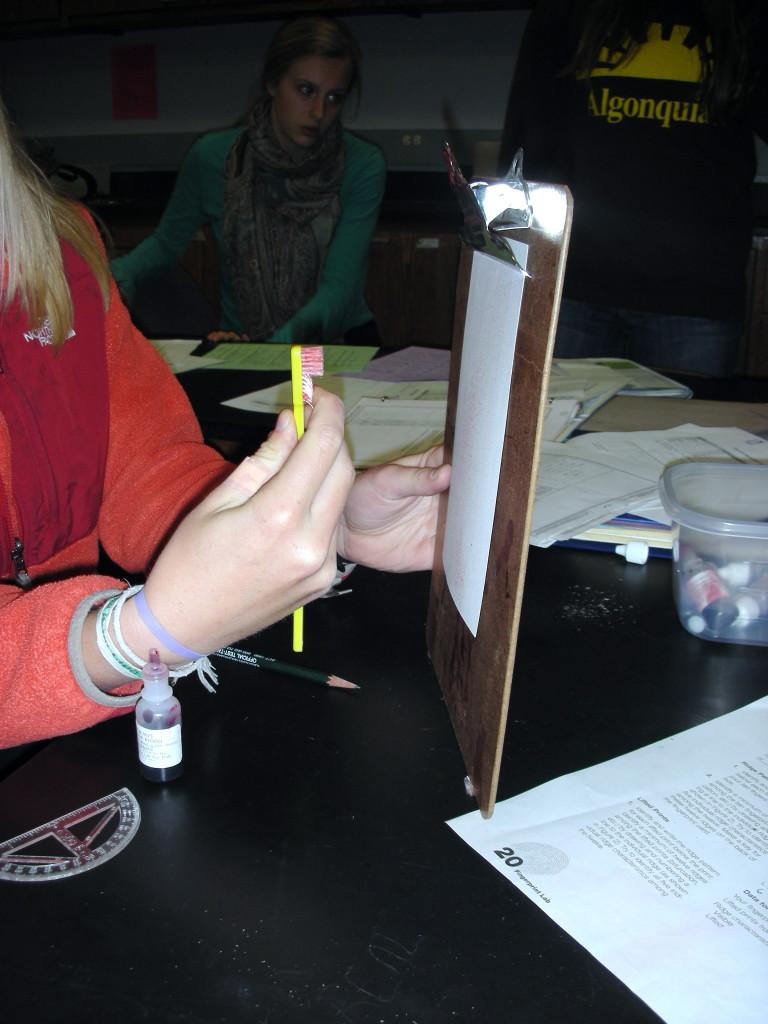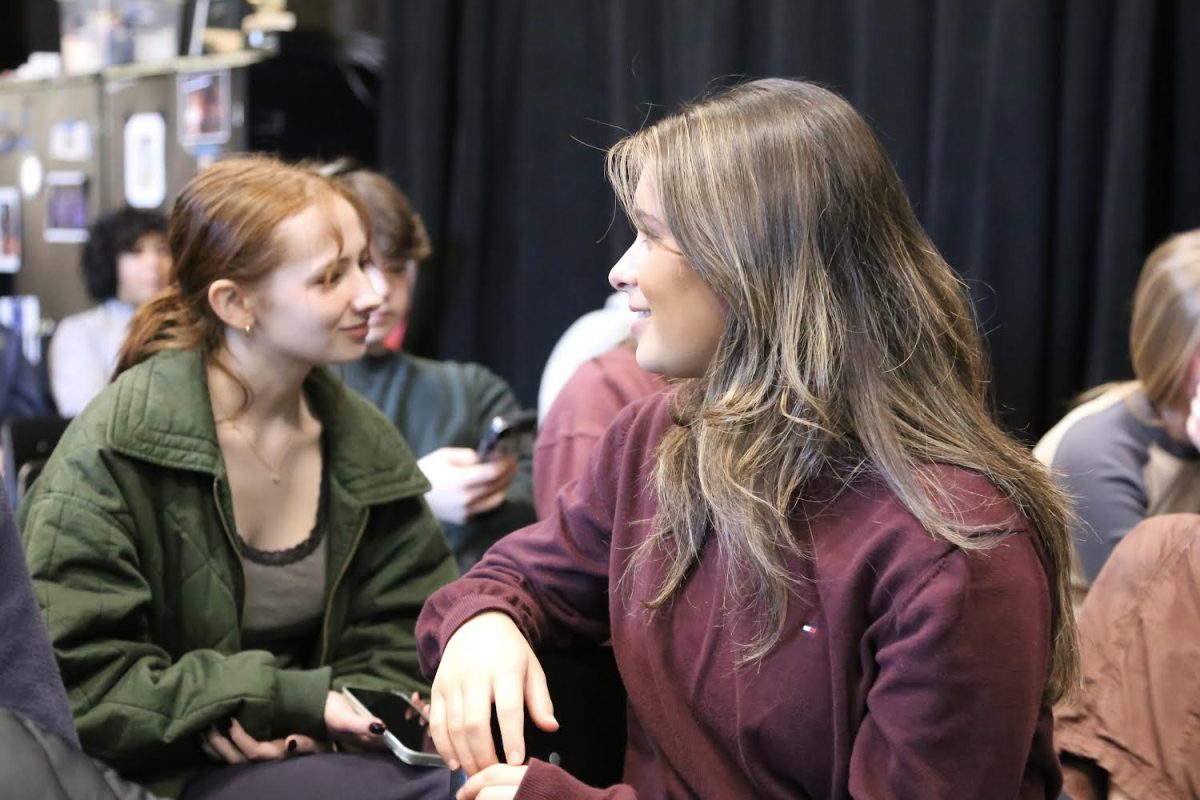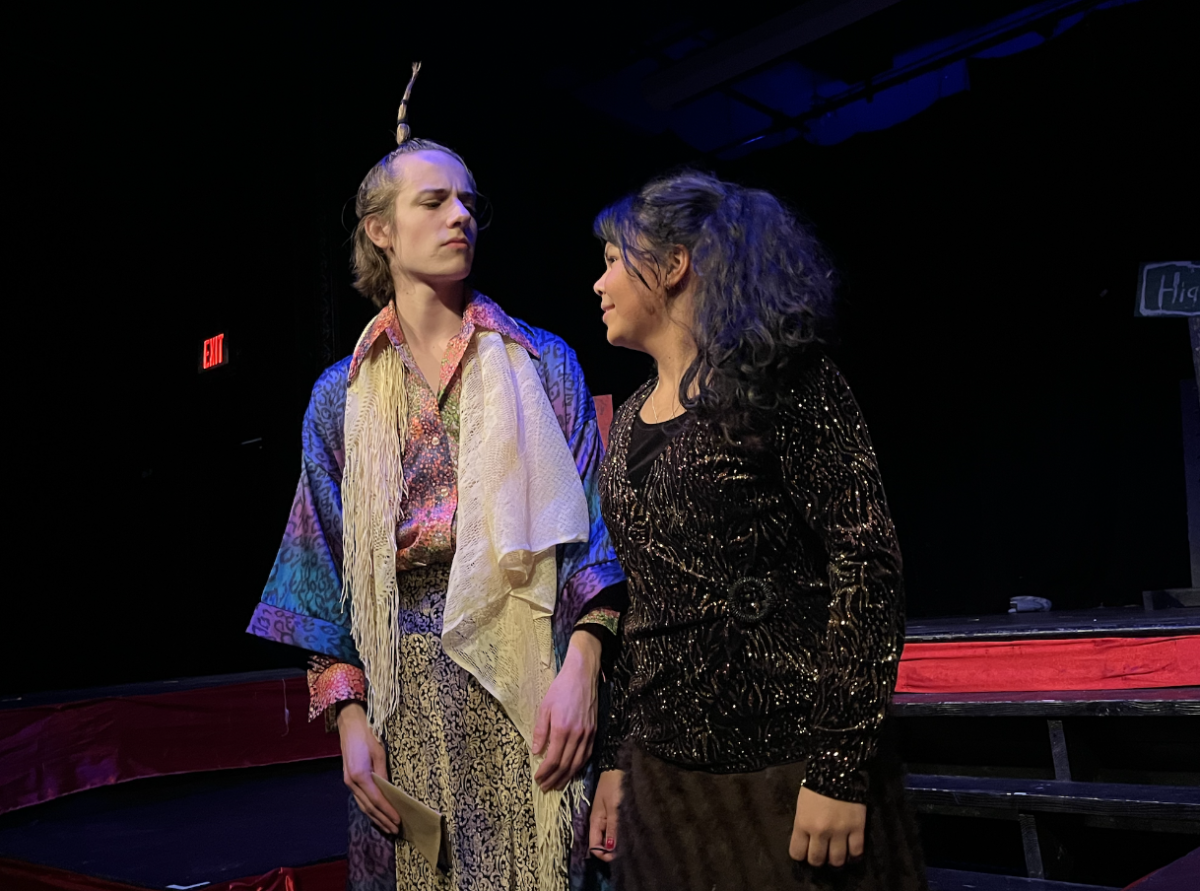It is common knowledge that blood found at the scene of a crime can be used to identify the criminal and/or victim through their DNA, but what some people do not realize is that blood can help determine many other vital facts of a case.
Bloodstain pattern analysis is method that has been used by doctors, forensic technicians, and investigators for over 100 years. This method uses complicated physics and math to interpret bloodstain patterns found in a forensic setting; it focuses on the blood itself, not the DNA that it holds. Where and how the blood lands and the consistency, size, and shape of each droplet or spatter can determine things such as the activity at the scene of the crime, the time of the crime, the number of blows inflicted on the victim, where each blow took place, the position of the victim and the attacker, the characteristics of the weapon, and whether the death was immediate or delayed; however, because each case is different, this method may not always be able to reveal such detailed information.
FOS III students are now putting these techniques into practice. “I think it’s a really cutting edge field,” said FOS III teacher Todd Tharp, of Forensic Science. As students reenact crime scenes to determine what sort of blood splatter would occur from a particular weapon, overheard comments consist of, “I got blood on me!” and, “Somebody put blood on the toothbrush.”
Students are clearly excited about what they are learning, for once they can see the direct correlation between school work and the real world. “In most other classes I used to wonder, how are we actually going to use this?” said Nikila Lakshmanan, a FOS III student at CHS. Understanding the evidence professionals use in actual court cases is an important skill to know. “I believe it’s a fun experiment, and what Todd keeps telling us is it’s our obligation as citizens to understand evidence presented to us in court, so this class is almost as much learning about civics as it is science,” said Dylan Croasdill, another FOS III student.
The FOS III classes will wrap up the blood analysis unit this week. The students recently learned the importance of analyzing fingerprints at a crime scene; no person can have the same fingerprint, thus this evidence has saved many that were wrongly accused and has convicted thousands of criminals. Students will continue the forensic unit in coming weeks by studying entomology, the study of insects, and analyzing hair evidence.










